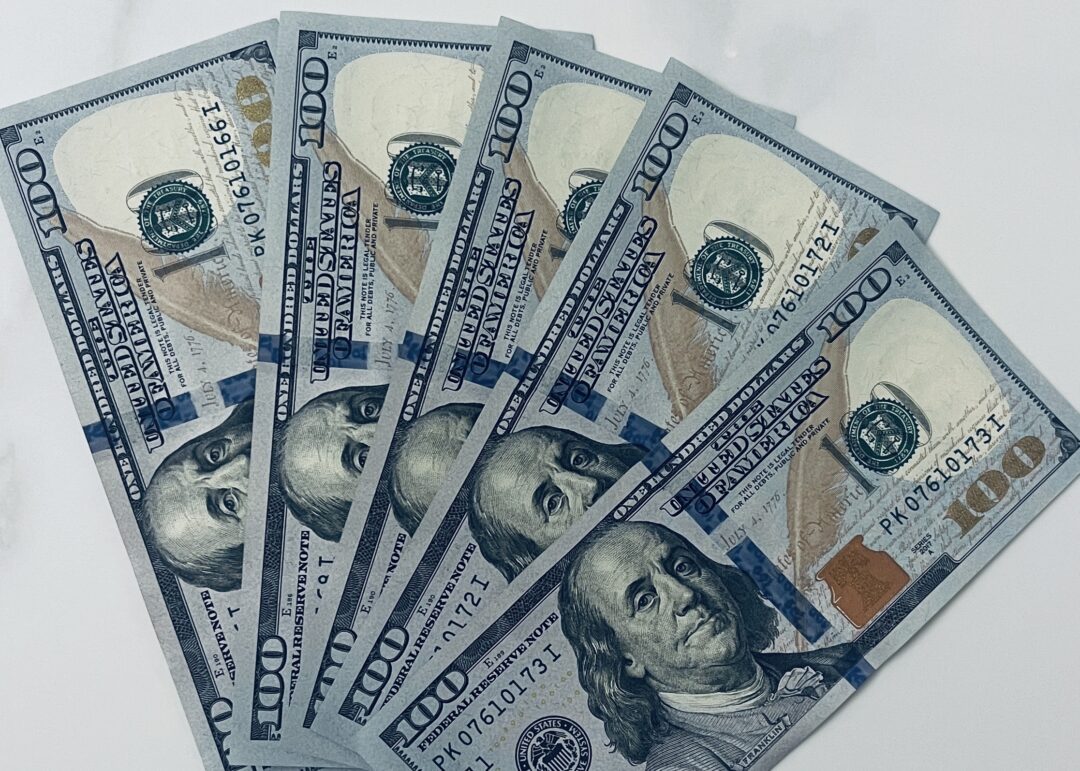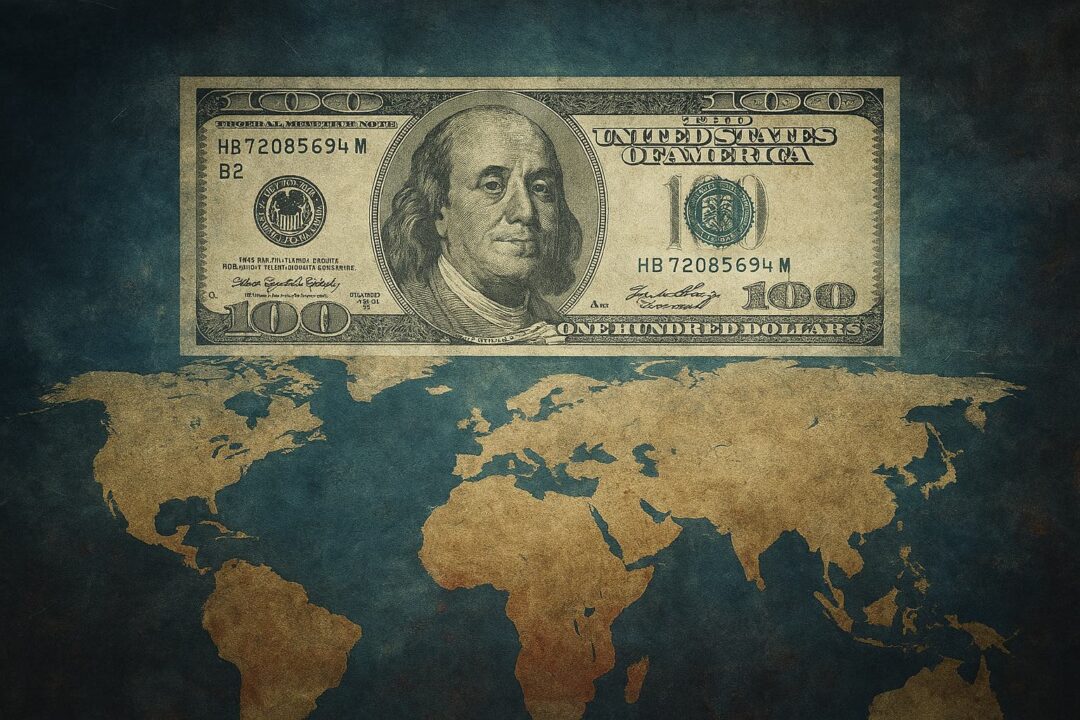What if there were a formula—not for getting rich quick—but for slowly, steadily, and deliberately building a life where your time is your own? A formula where your money quietly works in the background, covering your essentials, and eventually allowing you to upgrade your lifestyle and grow your wealth at the same time.
Let’s call it financial escape velocity—the point at which the returns from your investments outpace your daily living expenses, and you no longer need to trade time for money just to survive.
This isn’t a fantasy. It’s math, discipline, and patience.
What Is Financial Escape Velocity?
It’s when your investments reliably (and sustainably) generate more income than your essential living costs.
At that moment, your life becomes optional. You’re no longer forced to work to cover bills—you can choose what to do with your time, your energy, and your attention.
And even more interesting: once you’ve crossed that line, you can begin to modestly improve your lifestyle over time—without jeopardizing your financial freedom.
A Quick Word on Real Returns
When we talk about investment returns here, we’re referring to real returns—that is, the return after inflation.
- If your investments grow by 8% in a year, but inflation is 3%, your real return is 5%.
- Real returns are what actually grow your purchasing power—not just the number in your account.
Historically, broad stock market indices (like the S&P 500) have offered real returns in the range of 5–7% per year over the long term. With skill, diversification, and education, it’s possible to do better—more on that shortly.
Some Real Numbers: What Does Escape Velocity Look Like?
Let’s ground this in reality using average figures from the US and UK.
United States
- Average annual wage: ~$60,000
- Average annual spending (basic individual living): ~$35,000
- Daily living expenses: ~$95/day
United Kingdom
- Average annual wage: ~£35,000
- Average individual expenses: ~£25,000
- Daily living expenses: ~£68/day
To reach escape velocity, your investments would need to generate at least enough real returns annually to cover your basic lifestyle:
US Example:
If you need $35,000/year and expect a 5% real return,
you need about $700,000 in investments ($35,000 ÷ 0.05) to sustain that lifestyle indefinitely.
UK Example:
If you need £25,000/year at a 5% real return,
you’d need £500,000 in investments.
That’s your escape threshold—the point where your investments spin off enough income to fully cover your essential costs.
Lower Expenses = Lower Escape Velocity
There’s a beautiful symmetry in this equation: the less you need, the less you need.
If you reduce your daily expenses—whether by simplifying your lifestyle, using geoarbitrage (living somewhere cheaper), or cutting unnecessary costs—you also reduce the total investment required to reach escape velocity.
For example:
- If you reduce your annual living expenses from $35,000 to $25,000, the capital needed at a 5% return drops from $700,000 to just $500,000.
- That’s $200,000 less you need to reach freedom—purely by spending less.
This doesn’t mean deprivation. Often, it just means intentional living. And for every dollar you don’t spend, you buy time, flexibility, and peace of mind.
After Escape: Lifestyle Growth + Wealth Growth
Once you hit escape velocity, you don’t have to freeze your lifestyle. If you allow your spending to increase modestly—say, 1–2% per year—while your returns outpace it, your quality of life can rise alongside your wealth.
This is a more flexible, humane approach than traditional “retire early and live on rice and beans” strategies. It rewards frugality early on, but opens up abundance later.
The Risk of a Crash: Don’t Be a Forced Seller
One crucial caveat: in a market downturn, if you’re forced to sell investments to cover living costs, you may do serious damage to your long-term returns. This is known as sequence of returns risk—selling during a dip means locking in losses.
That’s why you should:
- Keep at least 1–2 years of expenses in cash or liquid safe assets.
- Avoid drawing from investments during a crash.
- Build margin above the escape threshold so your financial freedom isn’t fragile.
A cushion protects your velocity. Without it, a market shock could push you back below the line.
Escape Velocity Grows Faster With Knowledge
Most people stop at a basic 5–7% real return, which is totally fine.
But the exciting part is this: you can increase your return potential by increasing your financial intelligence.
By learning more about:
- Portfolio construction
- Asset classes beyond stocks (real estate, private equity, small business)
- Behavioral psychology and investor discipline
- Tax strategies and global diversification
…you can begin to earn better risk-adjusted returns.
Imagine this learning curve over time:
| Years | Real Return | Notes |
|---|---|---|
| 1–3 | 5% | Index funds, simple strategies |
| 4–6 | 6.5% | Diversification, tax optimization |
| 7+ | 8–10% | Smarter asset allocation, alternative investments |
This learning curve accelerates your trajectory. You hit escape velocity earlier, and your wealth compounds faster thereafter.
The Endgame: Optionality and Meaning
Financial escape velocity isn’t about quitting life—it’s about reclaiming it.
Once you’re free from money pressure, you can:
- Work on what matters
- Spend time with people you love
- Pursue projects without profit pressure
- Invest in your health, creativity, or community
It’s not about retiring early. It’s about designing a life where money is no longer the main constraint.
Final Thought: You’re Closer Than You Think
Most people believe financial freedom is some distant dream. But when you break it down—average wage, average living costs, realistic investment returns—it’s far more attainable than you’ve been led to believe.
Get smart. Get disciplined. Be patient.
And let compound interest, curiosity, and intentional living do the rest.
Discover more from Brin Wilson...
Subscribe to get the latest posts sent to your email.



